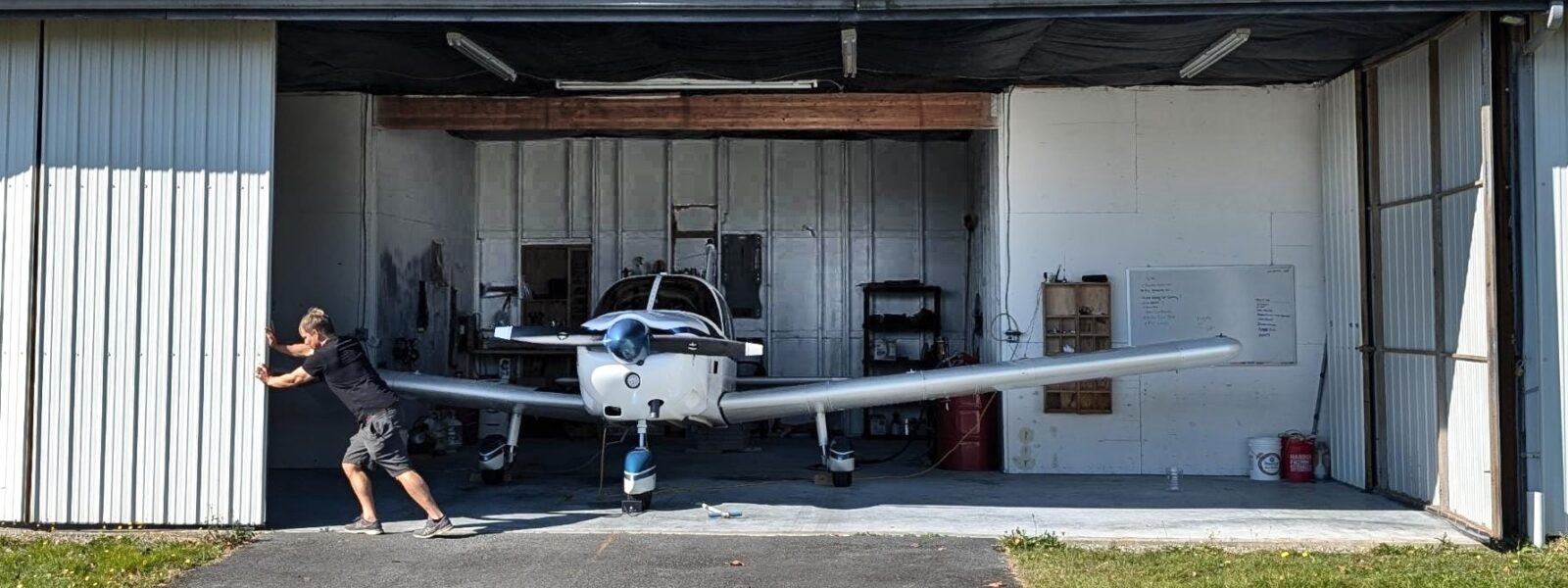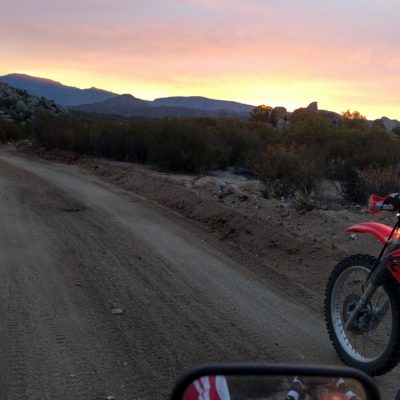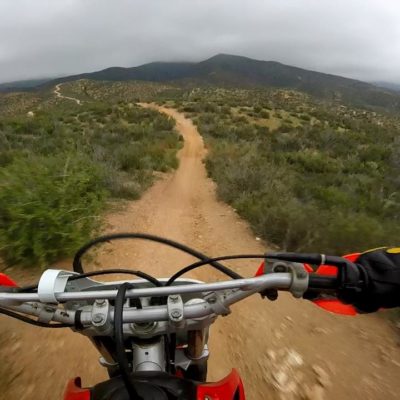Never in my wildest dreams did I think I ever would own an airplane. Like many of my adventures and passions, it kind of took me by surprise. Most of my life, I’ve had recurring dreams about flying a small aircraft, but I never imagined actually owning one! I wanted to share with you a little bit about my journey into general aviation, and how I was able to achieve this goal.
Earning my private pilot’s license was something I wanted to do all my life. I took a few discovery flights here and there, but I always had other commitments, passions and financial obligations. If you know me, you know that I love new challenges and adventures, so I’ve waited a long time to begin the journey to the private pilots license.
A few years ago, the stars aligned and I was able to start lessons at the local flight school at Harvey Air Field in Snohomish, WA. After about a year of written and practical training, along with 80 hours of flight time, I passed my written test and checkride with ease. After flying for a while, I quickly realized that many people obtain their license but seldom fly afterward due to the hourly costs, limited access to rental planes, and the difficulty of aligning their availability with favorable weather and plane rentals. To truly make the most of flying, you need the freedom to fly when the weather permits and the flexibility to access to an aircraft on your schedule. Overnights, for example, are especially challenging with rental planes.
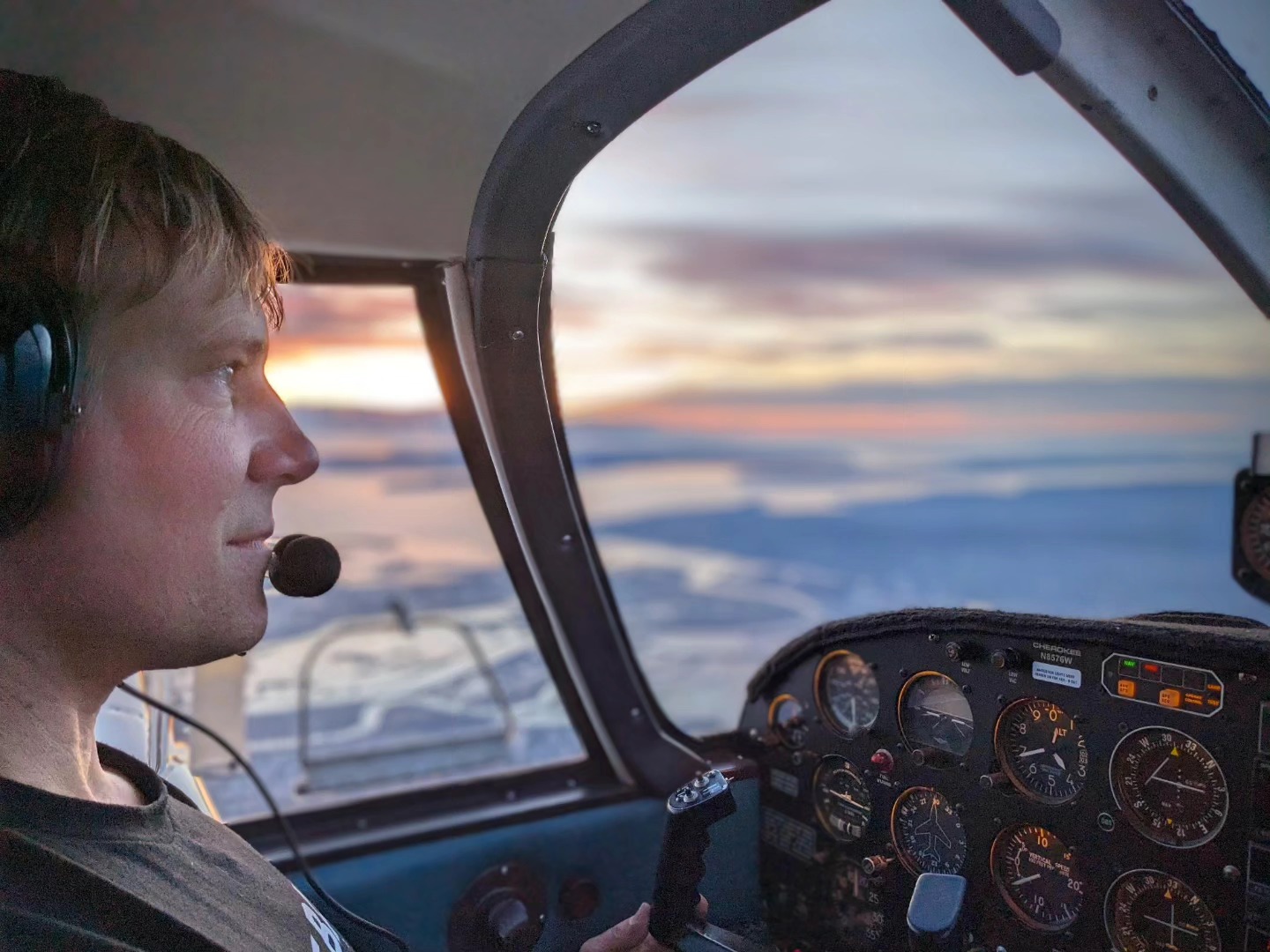
Discovering The Local Community of Pilots and Aircraft Owners
One of the biggest influences on my journey was the vibrant community of pilots and aircraft owners in this area.
As an example, while still a student, I happened to run into some friends at the airfield after a lesson. This married couple were also pilots who happen to own their own plane at another small airfield near my home. That evening, they invited my wife and me on a dinner flight to Friday Harbor on San Juan Island. Needless to say, it was a transformative experience and I knew flying would change my life.
After more conversations and hours of research, I discovered that aircraft ownership wasn’t as crazy or expensive as it initially sounded—given the right circumstances. My friends, for example, managed to keep costs under control by working with a local Authorized Inspector (IA) mechanic, who allowed them to perform the majority of routine maintenance as “owner-assisted.” This means the IA supervises and inspects all work on the aircraft performed by the owner.
Midway through my flight training at Harvey, my friends introduced me to their IA, who is also a certified flight instructor (CFI). He agreed to take me on as a a private student and I completed my training with him. Fortunately he had two Cessna 150s and I was his only student, so after soloing, I had full access to a plane whenever I wanted. This allowed me to build up a lot of hours at a very reasonable price. I was allowed to land at five local runways, Renton (KRNT), Paine (KPAE), Arlington (KAWO), Harvey (S43) and Monroe (W16), and so I made that circuit often! After I earned my license, he advised me throughout the process of acquiring my own plane.
A Culture of Aviation in the Seattle Area
The second factor was moving to the Seattle area, home to Boeing and a rich aviation culture that rivals even Alaska’s.
Honestly I never expected to live here–I hate rain! Even so, Washington State is one of the best places for general aviation, with its islands, snowcapped Cascades, the Olympic Peninsula, and even beach runways, all waiting to be explored. Despite its reputation for rain, the weather here is relatively calm and predictable, with little turbulence or storms.
Buying My First Plane!
Fast forward to December 31, 2023. I climbed into my new to me 1963 Piper Cherokee 235 and took off from Fullerton, CA toward Monroe WA. It’s been an absolutely amazing year of flying, learning and of course LOTS of maintenance.
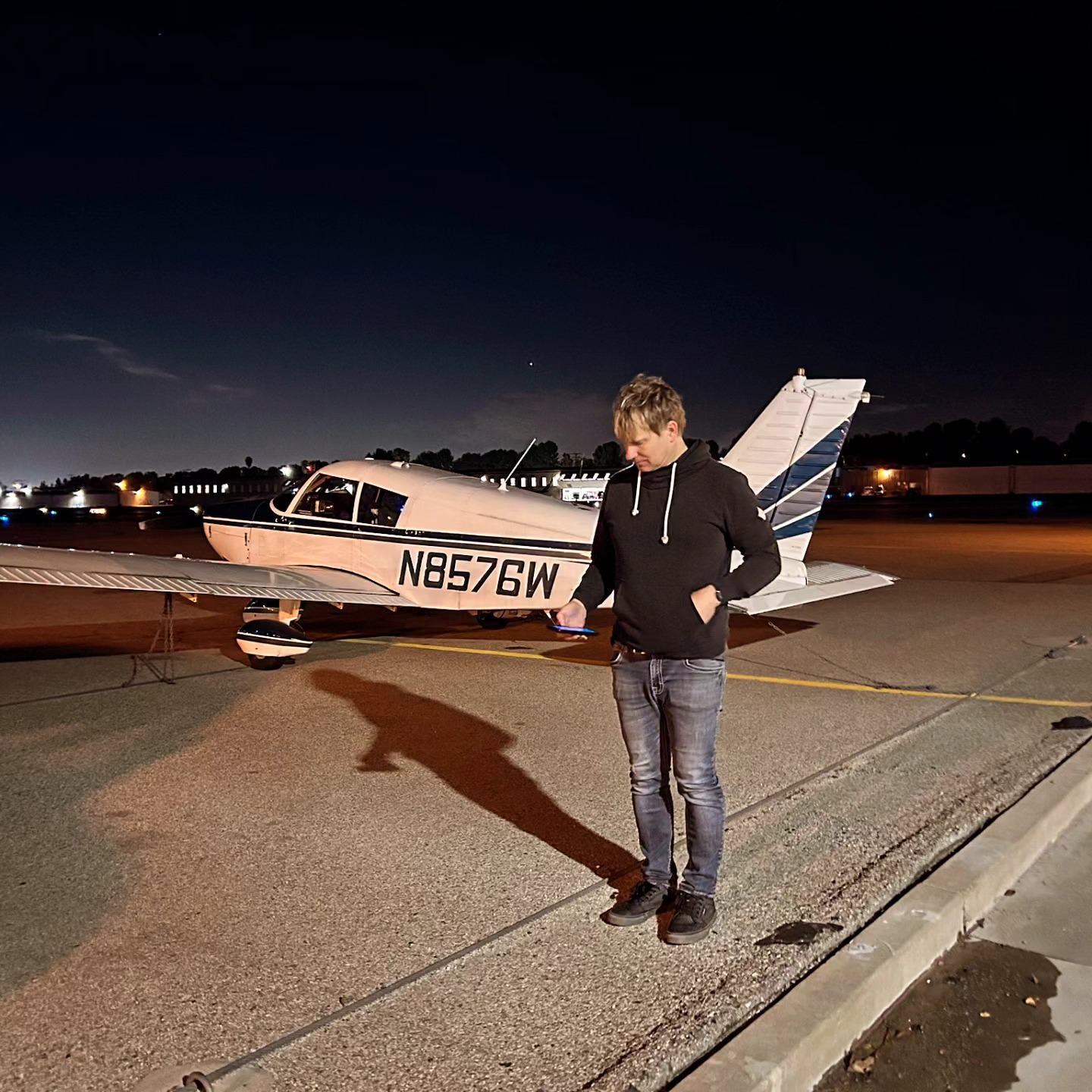
At the time of purchase, I had 133 hours of flight time. I had rented and borrowed a variety of planes and flown my family around the area enough to know what I wanted, and what I didn’t want.
This was my criteria for a used plane:
- A minimum useful load of 900 pounds, including fuel. I wanted the ability to fly four adults with fuel, which ruled out most Cessna 172s.
- Fixed landing gear. This was partly for insurance reasons and also because older retractable gear systems are prone to in-flight issues. Forgetting to lower the gear and “belly landing” is a common mistake—I personally know someone who did this recently!
- Durable landing gear. I avoided planes with trailing-link gear systems that use big rubber doughnuts (like many Beechcraft models) as shock absorbers on the landing gear. I wanted compressed shock-style struts or Cessna-style spring loaded main gear, as I planned to land on remote dirt strips.
- Two doors. I eventually compromised on this.
- An engine with fewer than 1,000 hours since major overhaul. Most engines are overhauled every 2000 hours and it is costly.
- Compatibility with Mogas. Must run on Mogas. Mogas is basically automobile gas, and for the most part it must be ethanol free. It costs about 1/3 of 100LL (typical small piston plane fuel). At 8-15 gallons an hour, it can make a huge difference in hourly costs. I learned about mogas from my instructor and my friend. Both running several planes on the stuff. The other benefit is that there is no lead to foul up your spark plugs.
I also aimed to keep the purchase price on the low side—let’s just say less than a Tesla Model S. Since covid, small aircraft have almost tripled in price!
This is all a tall order, especially #6. This essentially rules out anything that is fuel injected or engines that are considered high compression. Some airframes will not run mogas while others will, even with the same engine. It mostly has to do with vapor lock. As a general rule, most high wing planes with non-injected engines will run it, and the only low wing that I know of is the Piper Cherokee… mostly due to the dihedral wing shape, naturally drawing the fuel to the fuselage. There are a lot of edge cases to this matter, so do your research.
After countless hours of research, I narrowed my options to the Cessna 182 and the Piper Cherokee PA-28 180 or Cherokee PA-28 235. After about 6 months of constant searching, I eventually found a Piper Cherokee 235 for a great price. Though it had been sitting outside for many years in California, it had low hours, a clean interior, a working autopilot, and an old but functional panel.
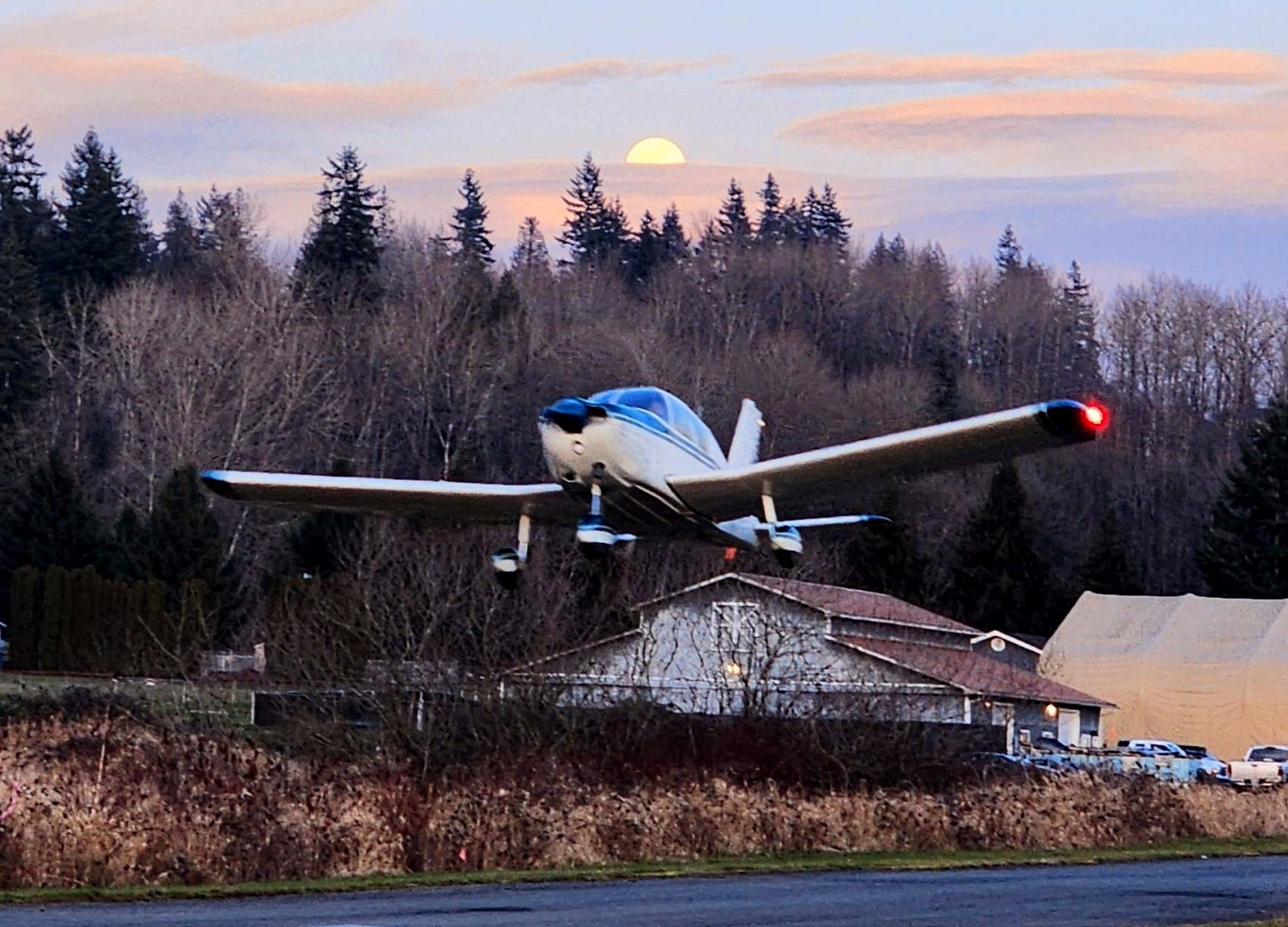
So, what have I learned after a year of aircraft ownership?
- It’s more fun than you can imagine. Just gotta say it. There is nothing like hopping in your plane when the sun is out and flying over the mountains or to an island for dinner. It has absolutely unlocked the beauty of the PNW for my family.
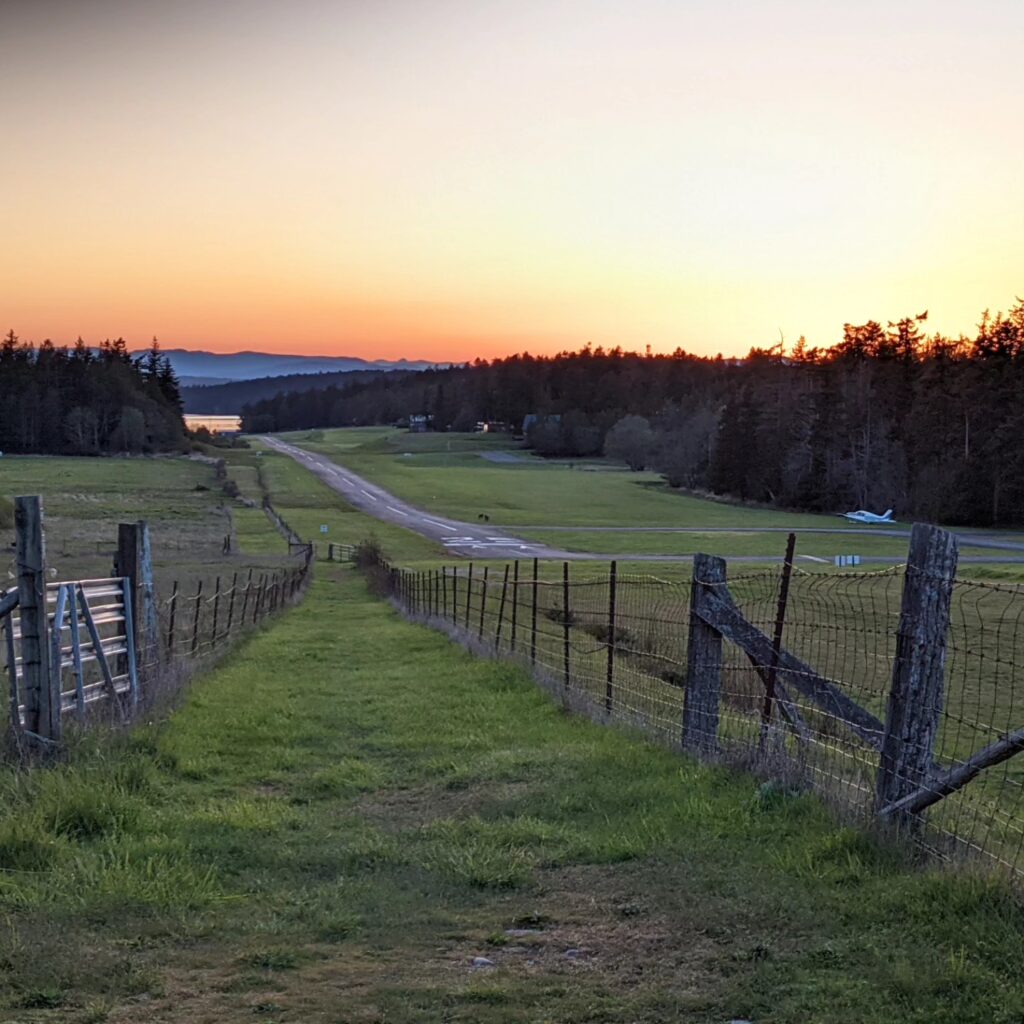
- It’s a lot like sailing. I know that sounds crazy, but we had a sailboat in Marina del Rey, CA for many years, and the experience of working with the weather, operating a large craft, planning forward all while taking care of your passengers and maintaining a sense of safety and confidence really helps while flying a small airplane with passengers. Also, being willing to cancel plans due to weather is a must. It can be disappointing, but it has to be an expectation.
- Unless you are an absolute baller, plan to spend a LOT of time in your hangar maintaining your plane with your A&P. Most affordable planes are antiques, and need a lot of love and upkeep, especially if they have been sitting around for a while.
- Having a passion is the real way to friendship. If you do hard things, you will make lasting and deep friendships with other people that do hard things. Story of my life.
- I’ve learned that I’m a little bit addicted to the stress and joy of putting myself in new and challenging situations. For me, one of the hardest parts of flying is talking to ATC on the radio. It’s a way different part of my brain than the one that controls the plane. It’s also the multitasking of planning, risk mitigation, flying the actual plane, communicating with other pilots, ATC and possibly passengers. I love it.
- You are going to make mistakes. And if you are like me, you are obsessive about continued learning and specifically, learning from other people’s mistakes. I spend a lot of time reading about accidents and mishaps. Always trying to tuck that knowledge away for when I’m in a similar situation.
- As with all hard things, there are disappointments. Being grounded while waiting for a part of a repair is one of them. Stuff costs way too much, especially if you are a deal hound like me. Sometimes your friends are scared to fly with you. Sometimes you just have to pay premium prices for things because it’s for a freaking airplane!
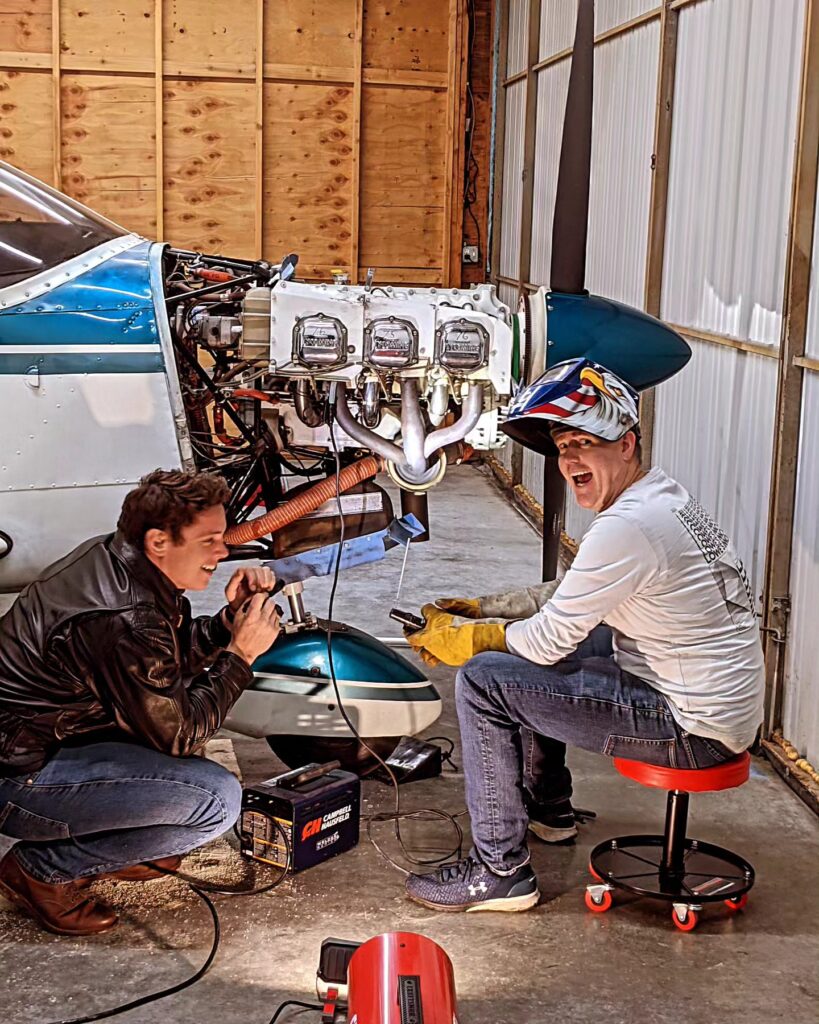
As of today, I’m working on my Instrument Rating. I’ve passed the written and preparing the plane with some updated avionics so that it will be IFR ready. I cannot believe it’s been a year now since I landed the 235 in W16 First Air Airport in Monroe, WA. It’s been life changing to own an airplane and I have no regrets. It’s been a wonderful experience for our family and visiting friends as we’ve been able to explore the Pacific Northwest. Come see me in WA soon and I’ll take you for a flight!
Here are a couple of fun videos from the last few months.
